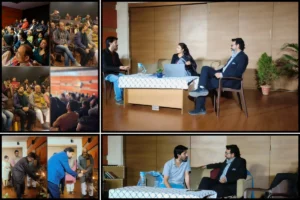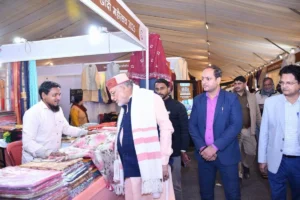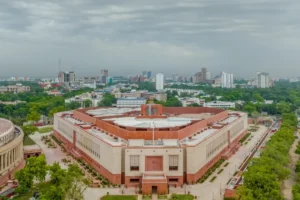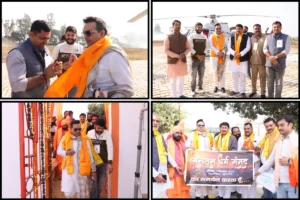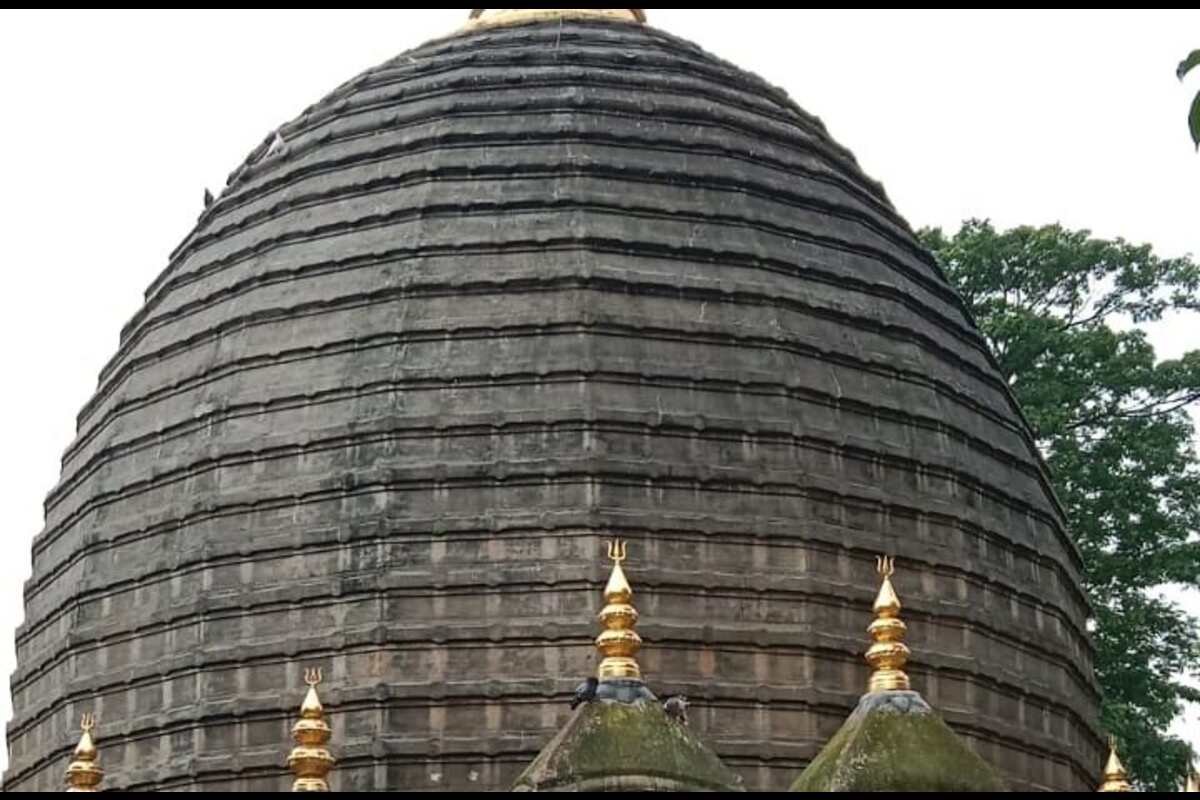
Assamese History
Inferred historical events of Assam started with the reign of Pushya Varman, the first king of the Varman dynasty. Previously, no verified history could be found about the legendary Asura or Danava dynasty that finds mention in Hindu mythology.
The Varmans were contemporary of the Gupta empire of northern India led by Chandragupta 2 in 375 AD. The approximate date of Pushya Varman’s accession is 380AD. Chandragupta 2, popularly known as Vikramaditya, was a legendary king for his fame, achievements, skills, attitude and personality.
The Varman Dynasty of Pragajyotishpur (modern Kamrup) was influenced by the famed characteristics of the Gupta period. From this time onwards, the language, religion, art and literature of the Aryan civilisation entered the Brahmaputra valley more strongly than ever before and swept the north and south banks of the Brahmaputra.
The food habits, casteism and religious sects among Assamese flowed from the Aryan land. Although it is noteworthy to say Aryan language and culture came to Pragajyotishpur from the 5th century BC onwards, these ties became stronger in the Varman period. A bridge of language and culture was constructed between the Brahmaputra and the Ganges.
The majority of the immigrants to the Brahmaputra valley felt a natural attraction to the Aryan civilisation. The names of kings and queens were adopted from Sanskrit words. Even the name of the ancient king Mairanga Danav was redecorated as Mahidanav. The names of some places were copied from the Aryan-ruled kingdoms. In this period, a common language was developed and for the upper class, Sanskrit was made compulsory.
The primary theoretical history of Assam is composed of a mixture of Mongolian and Caucasian materials and the cultural history of Assam people is composed of the culture of South East Asia, Aryan and Dravidian. The establishment of Salastambha, and later, the Pala dynasty occupies an important chapter in the history of old Assam.
Though the Varmans and the Palas claimed or accepted their lineage from the Narakasur dynasty, the Palas are somehow related to the non-Caucasians. Starting from writings or inscriptions about Bhaskar Varman to that of others, no writer addressed any king as mlech (dialect speaker, non-Caucasian). But mlech as an adjective is used before the Pala kings. No matter whatever blood lineage, the influence of the Aryans was so predominantly initiated by the Varmans that all dynasties across the roots preached the great Indian Aryan culture.
The end of the Pala dynasty started the medieval period. Almost all major dynasties of medieval Assam are kirata, or Indo-Mongolian origin. Relinquishing traditional age-old faith, they gradually embraced Indo-Aryan culture or religion. Cultural practices or some of their deeds are mentioned herewith.
Bodo Kachari: The term Bodo had been used since the 19th century. Although ‘Bodo’ refers to a particular tribe in the Brahmaputra valley, they are of Sino-Tibetan origin tribe of Indo-Mongolian ethnicity spread across the North East. Later, many ethnic groups started to grow from Bodo people. They are Garo, Hajong, Tiwa, Rabha, Dimasha, Hojai, Sarania, Koch, Lalung, Mess etc.
In ancient times, Tibet was called Bar-Ut and its inhabitants were called Bar-Pa. This ethnic group came from northwestern China, and therefore, called Boro. During the battle of Mahabharata, King Bhagadutaa of Pragajyotishpur led kirat soldiers against the Pandavas. The origin of various branches of Bodo-Kachari was due to the different melodic tunes of their languages.
The majority of Assamese tribes are of Indo-Mongolian ethnicity, but gradually their adoption of the Aryan culture, religion and language led to the increased influence of the Aryans.
Nomenclatures of rivers and places in Bodo-dominated areas of Assam are even Arayan. While Ahom monarch Sukhapa came to Assam, Barahi and Moran communities whom he met also descended from Kachari. So, Bodo and Kachari are among the oldest communities of Assam and history cannot track their exact chronological events.
Koch: Kochs are mainly of Kachari origin. Like mlech, the meaning of Qubash (later Koch), is also a dialect (degenerated language). Aryans did not recognise their language, and therefore, called it Qubash. Some scholars claimed the word Koch came from Kambuja. Judging the ethnology of Assam, a pure race is not available. Even people of pure Alpine or Caucasian blood married local women.
There is no verified data on when the Kochs converted to Hinduism and became part of Aryan culture. But undoubtedly this process of assimilation took place naturally and spontaneously. Koch king Biswa Singh was a patron of the Hindu religion and he helped in the renovation of Kamakhya temple. Though he was a devotee of Lord Shiva, he accorded equal status to other sects of Hinduism.
Moreover, the great saint Shankerdev after his escape from the Ahom Kingdom got due promotion and protection under Koch king Naranarayan. King Naranarayan and his brother General Chilaray were one step ahead as followers of Hinduism. Both studied Sanskrit in Varanasi. Notably, they were the first foreign-educated princes from the North East. Besides Shankerdev, King Naranarayan sponsored scholar-saint like Madhavdev, Ram Saraswati, Ananta Kondoli, Bakul Kayastha etc.
Chutiya: Chutiya are one of the oldest Arayanised ethnic groups of Assam. They are also the offspring of the vast Bodo-Kachari or Kirat community. Interestingly, Chutiyas came in contact with the Arayan culture much earlier. Chutiya’s contribution to building a common Indo-Aryan language is immense. They converted to the Aryan culture and even worshipped Mother Goddess. It was said the Aryans called them Achyut, or untouchables. In the course of time, Achyut became Chutiya. Their Kingdom was Sadiya based.
Ahom Dynasty: Before the arrival of Ahom, the Indo-Aryan language spread up to the Brahmaputra valley and was later named as the Assamese language. The contribution of Ahom was to unite many ethnic groups under one Kingdom where Hinduism of Shakta or Vaishnavite ideology or practices slowly crept into the entire kingdom. Sutyinpha or Jayadhvaj Singha was the first Ahom monarch to convert to Hinduism in mid-17th century.
Architecture
There are two forms of the architecture of the Assamese civilisation — one of houses, forts, palaces, etc., and the other of temples or religious places. The two types of architecture are the first steps in the development of Assamese architecture.
The Kalika Puran described Pragajyotishpur’s beautiful palaces resemble civilised Aryan culture much before the arrival of the Varmans. Kalika Puran mentions the names of a few townships, but except Sonitpur no other name could be found in reality. Moreover, Yugini Tantra elaborates on Hoygriv temple situated in a beautifully coloured city. The relics of the Kachari empire in Dimapur genuinely certify Assam’s rich architecture and urban development.
Religious Architecture
Religious architecture of Assam mainly started with temples. Temples were not Aryan, mainly lord Shiva’s and Shakti peeth (place). Shiva is a non-Aryan God, notwithstanding the method of worshipping is the confluence of two streams. Aryanised Hindu influence on primitive ethnic methods is conspicuous.
The Assamese have a close affinity in terms of language with north India. But in terms of architecture, both north and southern India have a noticeable impact. The square pillar structure of temples is perceived to be imitated from the south. It is noteworthy to say the Assamese architecture had fundamentally developed its own style. Maximum number of temples built during the Salastambha dynasty from the seventh to the tenth century. The temples built during this period do not resemble northern or southern structures. But the foundation stone of this architecture is taken from the entire Aryan or Dravidian India. Some of the examples are Kamakhya, Ugratora and Shivadol of Sivsagar.
Language Impact
Majority of Mongolian-origin people living in Assam could not develop their language fully on a par with other Indo-Aryan language. Their (Mongolian) languages are monosyllabic and tune based with less vocabulary. Short, long, loud tunes denote different meanings of the same word. All the ancestors of Assam, including Bodo-Kachari, slowly and gradually practised to speak the Indo-Aryan language. Now, the main question is what is the foundation of the language? Partially, thoughts, beliefs and customs contribute to the growth of a language in a particular area and swell in vocabulary. So, all immigrants to Assam before Aryan knowingly or unknowingly, intentionally or unintentionally started to practise Aryan customs and rites, which unlocked floodgates to great India.
Vaishnavism led by Shankerdev is like an unseen thread that united people of Assam across races. If we assess only two important events in the Assamese history, the first one will be Aryan role of the Varman dynasty and the second is undoubtedly the appearance of Shankerdev for cultural and social awakening. This awakening built a strong foundation for the Assamese language, literature and culture. But importantly, the history of Assam did not start when the Aryan culture slowly but resolutely crept into the veins of the Assamese society resulting in today’s Assam. The assimilation of the blood and culture of southeast Asia with that of mainstream Indian hinterland brought a remarkable unique dimension and shape to the Assamese community.
(With Input Feeds)
To read more such news, download Bharat Express news apps








